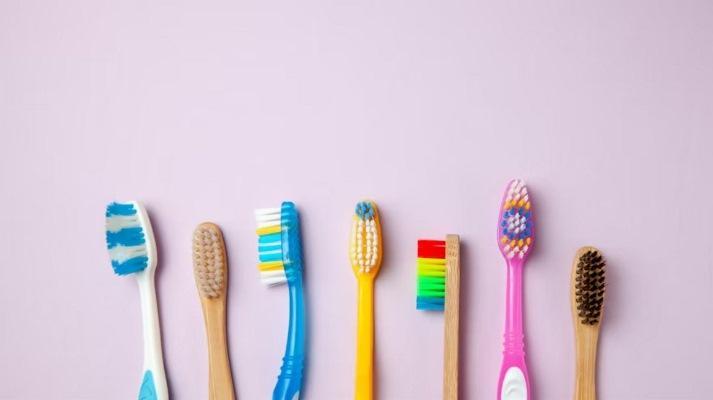Manual toothbrushes with specific features, such as cross-shaped bristles, combined with a modified Bass brushing technique may be the most effective method for removing plaque and reducing gum inflammation.
However, further research on the relationship between bristle wear and oral health is needed to determine the optimal time to replace a toothbrush, the authors write.

“The results of this study may help people to brush their teeth on their own every day, thereby contributing to the prevention of periodontal diseases,” write the authors, led by Yoshino Kaneyasu of the Department of Public Health at Hiroshima University in Japan.
For this review study, a search was conducted for randomized controlled trials conducted between January 2018 and December 2023. Twenty-six studies were conducted involving participants aged 6 years and older and lasting at least four weeks to evaluate the effectiveness of self-brushing with manual toothbrushes.
The study focused on determining the optimal time to replace manual toothbrushes by examining the physical condition of the bristles and how the number of microorganisms on the bristles changed over time. The review included 40 manual toothbrushes and five self-brushing methods. Four studies focused on changes in the physical properties of the toothbrush bristles.
Studies using Oral-B manual toothbrushes with cross-angle indicator bristles and V-shaped heads showed improvements in plaque and periodontal index scores compared with baseline. Of the brushes, 13 soft ones significantly reduced plaque and periodontal index, while only one medium toothbrush showed a significant reduction in plaque, they wrote.
Eight toothbrushes with rounded bristles at the ends and one with pointed bristles significantly reduced plaque and periodontal index. In addition, all 22 studies that reported brushing frequency recommended brushing twice daily, and all studies using the modified Bass method showed reductions in plaque and periodontal index.
The number of bristles increased significantly at six weeks and three months, while the stiffness decreased at three months. One report used a scanning electron microscope to evaluate bristle wear, which found no significant changes over the three-month study. Some studies have analyzed bacteria from saliva and plaque samples, but none have looked at the microorganisms on toothbrush bristles, they write.
The study had its limitations, however. Most of the included studies provided moderate to strong evidence based on their methodological quality, but some were weak. Therefore, the results should be interpreted with caution.
“Over time, the relationship between changes in the physical properties of each bristle tuft and differences in bristle materials and clinical measures of oral health needs to be investigated to refine the timing of manual toothbrush replacement,” Kaneyasu and colleagues write.
